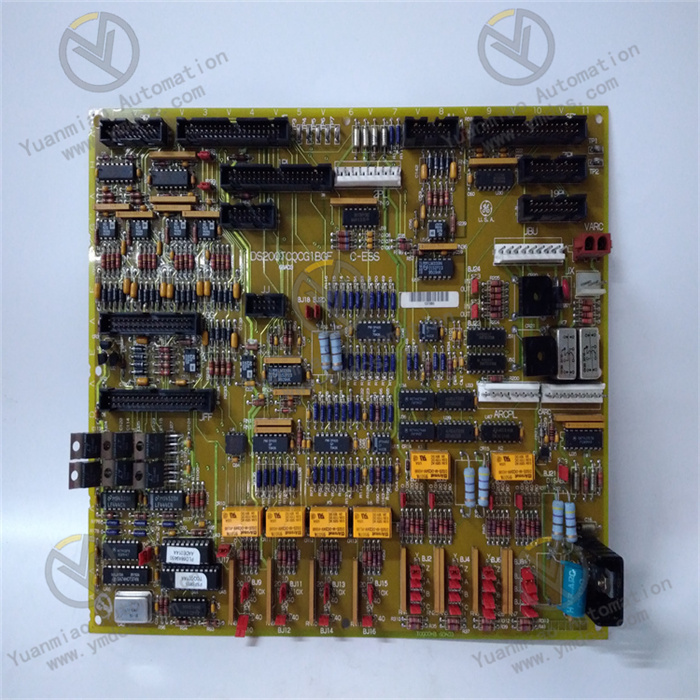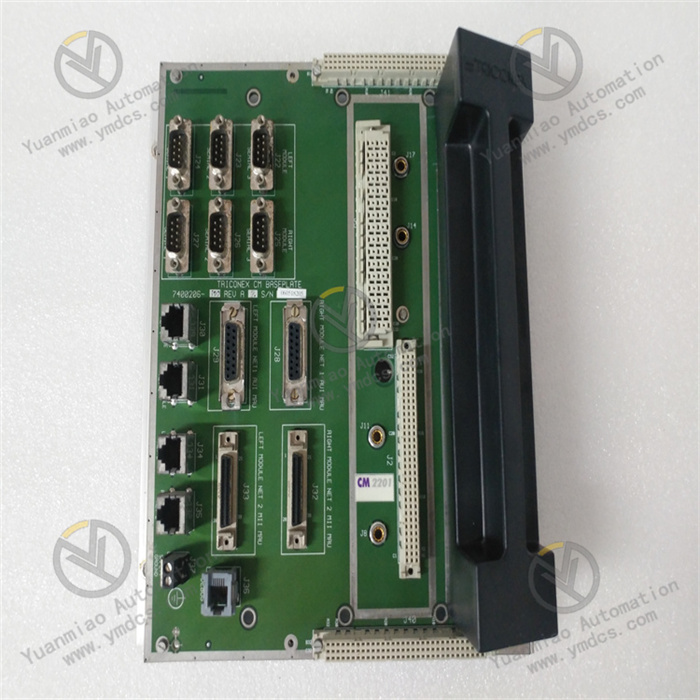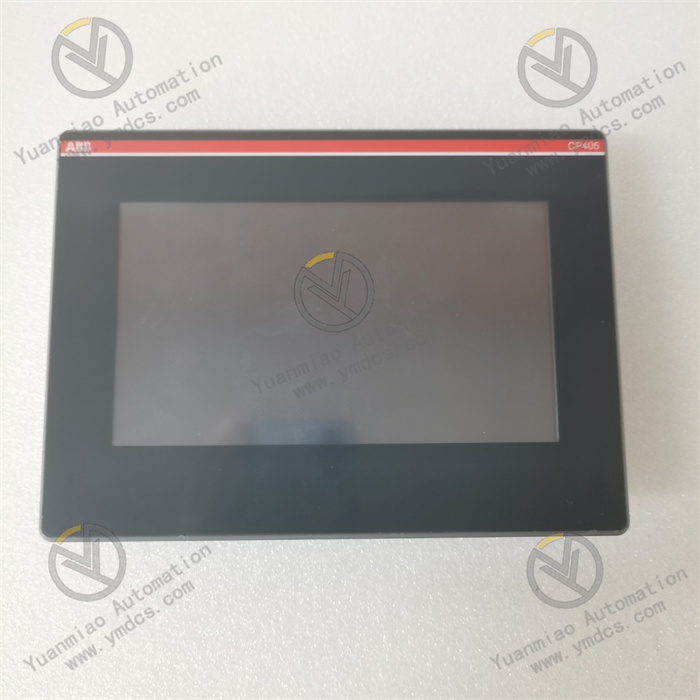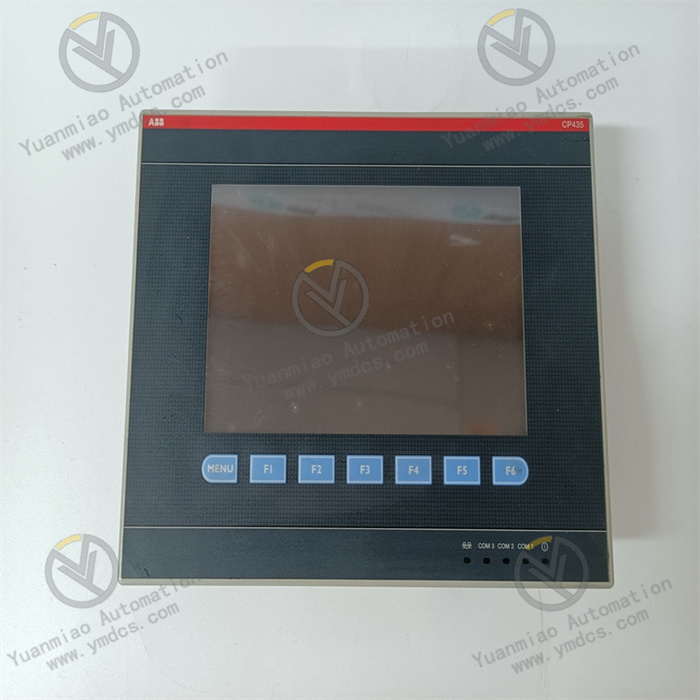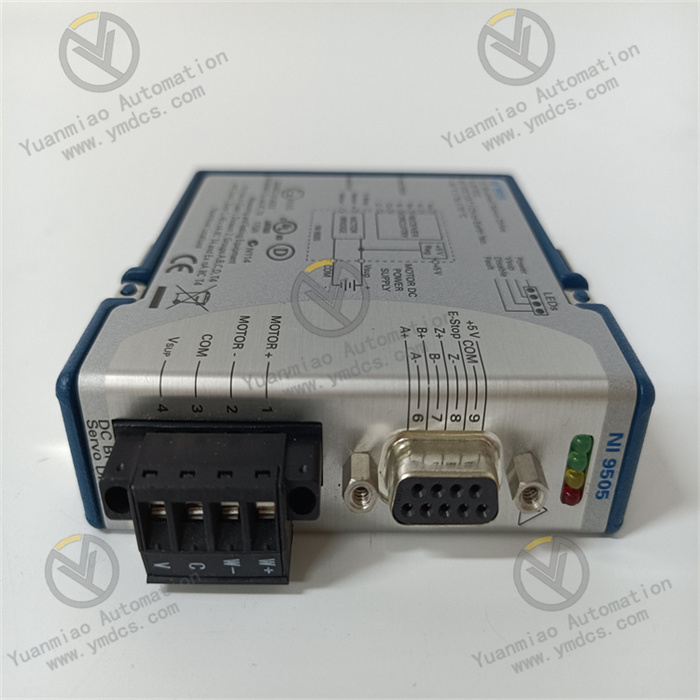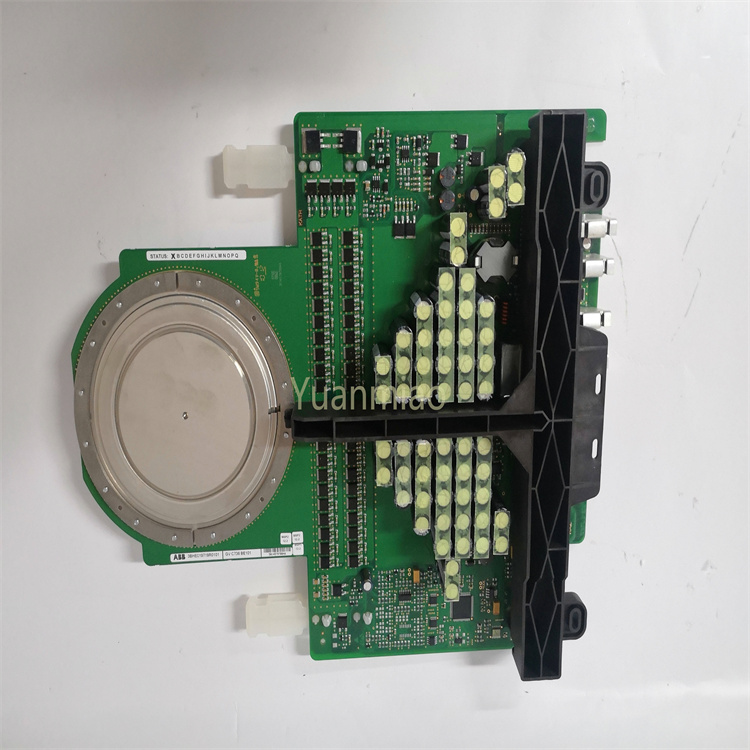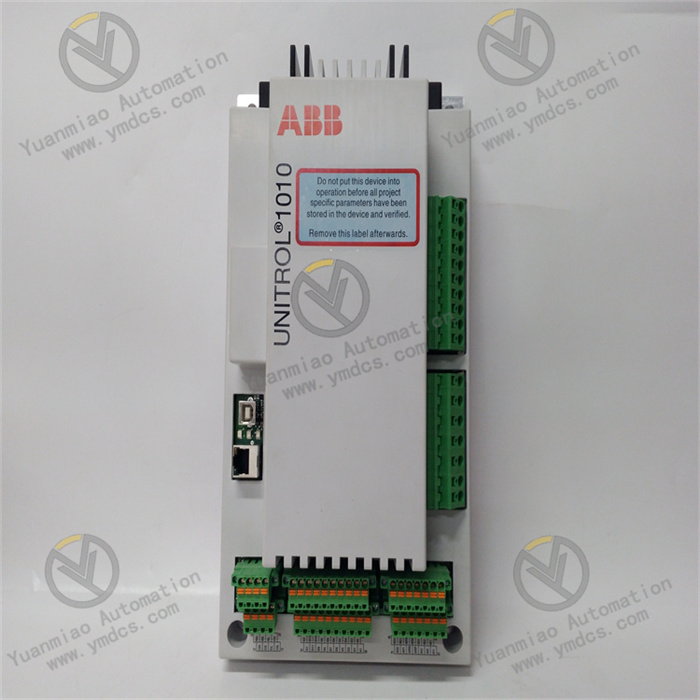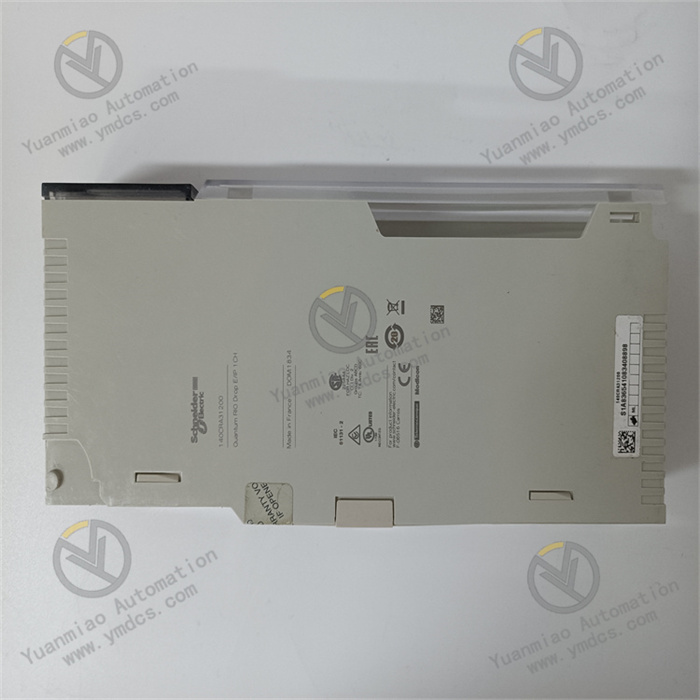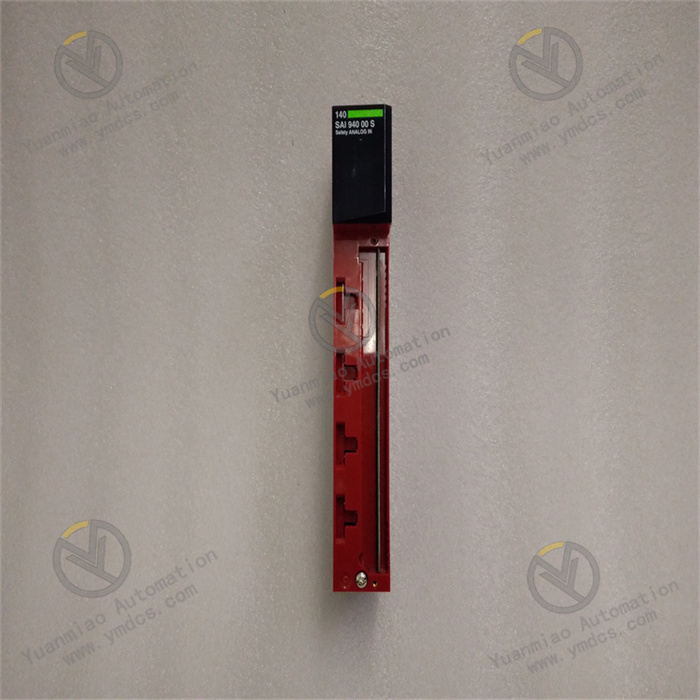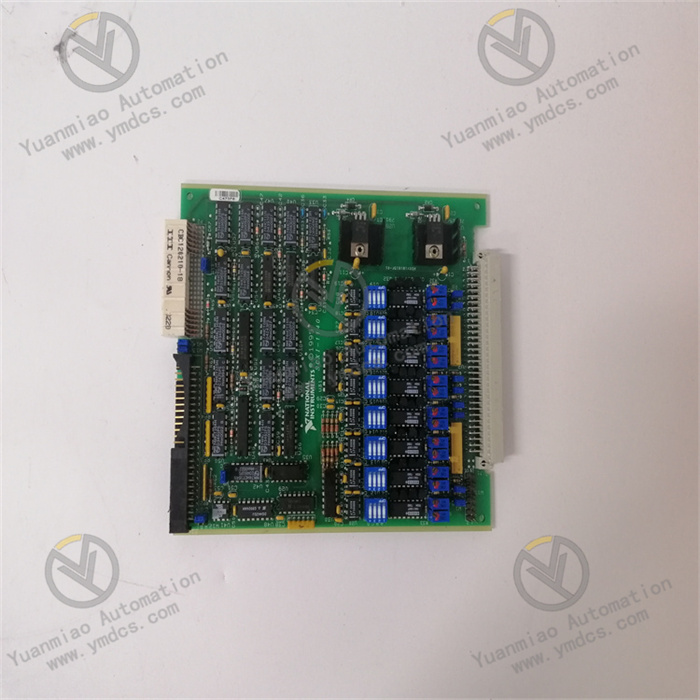Description
Functional Features Powerful communication function: Using the Sercos interface as the main communication method, it can perform high-speed and stable data transmission with other devices in the automation environment, facilitating system integration and remote monitoring. Dual-axis control: It is a basic universal control unit for dual axes, which can control two axes simultaneously. It has rich encoder interfaces and can connect various types of encoders, such as Indra Dyn, Hiperface, TTL, and 1VPP, etc., to achieve high-precision position and speed feedback control. High safety performance: It integrates safety technologies conforming to the standards of EN 13849-1 / EN 62061, and has functions such as safe torque shutdown, providing reliable safety protection for the equipment and operators. Flexible configuration: It has digital I/O, providing a variety of connection options. It can save drive variables, firmware, and configuration data through a multimedia card, and users can flexibly configure the control unit according to different application requirements. Superior control performance: The current control cycle time is 125 microseconds, and the minimum Sercos cycle time is 1000 microseconds, enabling fast and precise control responses, which is suitable for application scenarios with high requirements for motion control accuracy and speed.
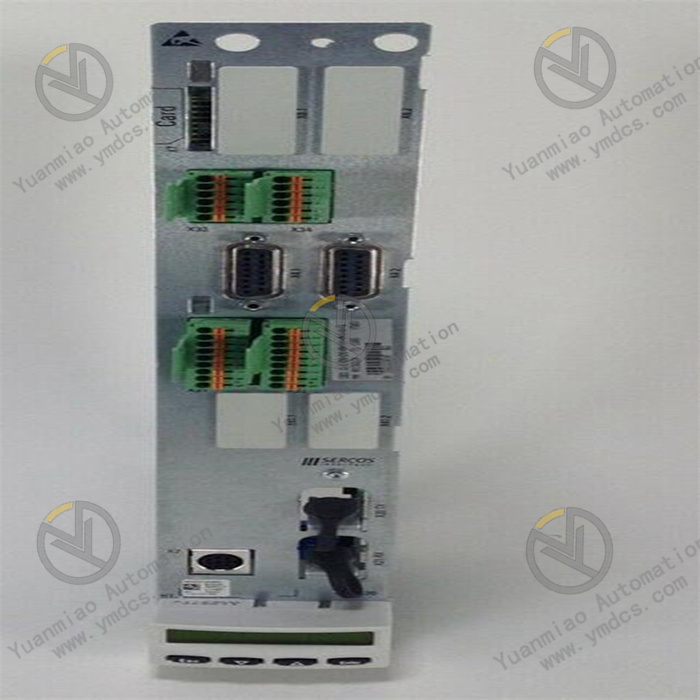
Technical Parameters Power supply voltage: Usually, it is a DC power supply of 400 - 500V. Power range: Different models may vary. Generally, it is suitable for motor drives within a certain power range, such as 0.4 - 3.5kW, etc. Communication interface: The Sercos interface is used for the main communication, and parameters such as the communication rate match the connected system. Encoder interface: It supports encoder interface types such as Indra Dyn, Hiperface, 1VPP, and TTL. Operating temperature range: Generally, it is from -10°C to 55°C, but the specific range may vary slightly depending on the model and application environment.
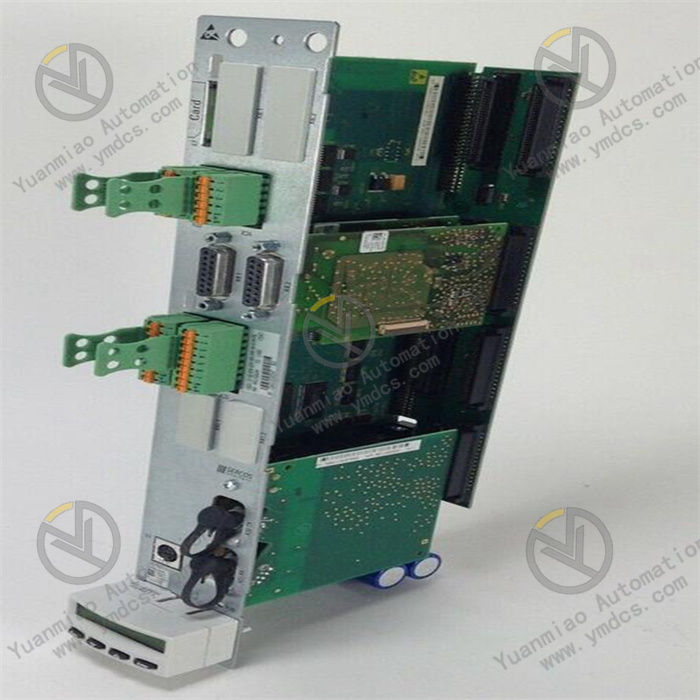
Application Areas Industrial automation production lines: In the automation production lines of industries such as automotive manufacturing and electronic manufacturing, it is used to control the joint movements of robots, the position and speed of automated assembly equipment, etc., to achieve high-precision production operations. Machine tools: In numerically controlled machine tools, it can precisely control the movement of the worktable, the feed of the tool, and other motion axes to ensure the machining accuracy and surface quality. Material handling equipment: For equipment such as cranes and conveyor belts, it is used to control the handling and conveying process of materials, achieving precise position control and speed adjustment. Food processing equipment: For example, in food packaging machines, filling equipment, etc., it can achieve precise control of the conveying of packaging materials, the positioning of the filling head, etc., improving production efficiency and product quality.

Common Faults and Solutions 1. Communication Faults Reasons: Damaged communication cables, loose communication interfaces, incorrect communication parameter settings, or faults in the Sercos interface module, etc. Solutions: Check whether the communication cables are damaged, broken, etc., and replace the cables if damaged; check whether the communication interfaces are firmly connected and re-plug the interfaces; confirm whether the communication parameter settings are consistent with the connected device, such as the baud rate, data bits, stop bits, etc., and re-set them if there are errors; if the Sercos interface module is suspected to be faulty, use professional detection equipment for detection and replace the module if there are problems. 2. Encoder Faults Reasons: Damaged encoders, poor connection of encoder cables, incorrect encoder parameter settings, etc. Solutions: Check whether the encoders are mechanically damaged or have electrical faults, and replace the encoders if damaged; check whether the encoder cables are properly connected, whether there are looseness, open circuits, etc., and repair or replace the cables if there are problems; confirm whether the encoder parameter settings are correct, such as the resolution, signal type, etc., and re-set them if there are errors. 3. Abnormal Control Accuracy Reasons: Incorrect motor parameter settings, excessive load changes, unreasonable control algorithm parameters, etc. Solutions: Check whether the motor parameter settings match the actual motor, such as the rated voltage, rated current, number of pole pairs, etc., and re-set them if there are errors; evaluate the load change situation. If the load is too large or unstable, consider adjusting the mechanical structure or selecting appropriate motors and drivers; optimize the control algorithm parameters, such as PID parameters, etc., and make the control accuracy meet the requirements through debugging. 4. Power Supply Faults Reasons: Damaged power supply modules, abnormal input power, overvoltage or undervoltage, etc. Solutions: Check whether the power supply modules have phenomena such as overheating, smoking, and peculiar smells, and replace the power supply modules if there are such phenomena; measure whether the input power voltage is within the allowable range of the equipment, and check the power supply system if it is out of the range; install overvoltage and undervoltage protection devices to prevent the equipment from being damaged due to abnormal power supply.


